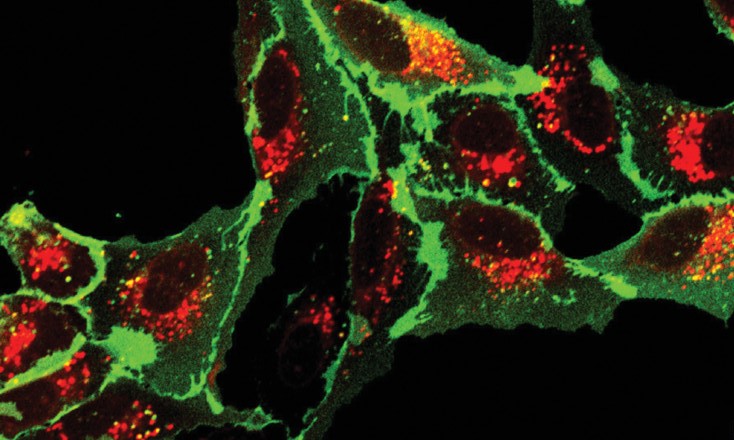
Fluorescent tags (fluorophores), have become excellent tools for labeling cells and cellular components. They can be used for imaging large molecules like proteins, on down to cellular components and enzymes such as transcription factors. Once labeled, these molecules can be tracked in tissue or inside a cell, when the right tag is used.
What is the ‘right’ tag? It’s a tag with bright signal, with low background and good photostability. For small cell components like organelles, the tag must be cell-permeable and small enough to not interfere with normal cellular processes such as transcription and metabolism.
Significant advances have been made in fluorescent tags in the past two decades. Here we look at several papers noting these advances.
